IELTS Pie Charts for Task 1
If you a have just started learning about IELTS Task 1, the these articles articles are worth reading.
IELTS TASK 1 Describing changes and trends
IELTS TASK 1 Working correctly with numbers
IELTS TASK 1 Increase your band score with Adjectives/Adverbs
IELTS TASK 1 Using Compare and Contrast language
What are Pie Charts?
IELTS pie charts usually often have two main features that you need to notice
the comparison of two or more units or numbers in the same year, or charts that show changes or differences over a period of time
For this type of essay, it is standard to write a four paragraph essay, namely An Introduction, An Overview and one or two body paragraphs.
Writing about Pie Charts
Pie charts are a common type of IELTS question.
This format of question is very visual and therefore seems easier to answer than other formats.
It is really important to be prepared for all types of IELTS questions but the preparation you need won’t take as long as you might think.
There are a few different types of pie chart.
The most common you will see will represent a different time period with units for comparison.
It’s often important to use specific vocabulary and grammar related to the task
numbers such as percentages and fractions,
the past and present tense necessary to compare time periods
language to describe amounts.
You also need linking words that show comparison and contrast.
These help tie your essay together.
Good News!
Pie Chart Questions follow the same format as any IELTS Task 1:
This is
- Introduce the Chart
- Give an overview of the main point/s (necessary for Band 6 and above)
- And provide the detail
This post will explain:
- The types of pie chart question
- The tried and tested method for answering any chart question
- How to write the introduction
- How to write about the detail showing number, comparison and contrast.
- How to finish with a great overview
- The common mistakes IELTS students make
What is an IELTS Pie Chart Question?
These questions can often be divided into two types: past and present charts.
Official IELTS practice questions have featured information about economy, population, health, technology, education and sales among others topics.
In fact, pie charts could be about anything which can be divided into units and where comparisons can be made
More good news is that the same skills and principles can be applied to any chart, whether in the past or present.
Let’s consider a typical question first.
A Good Teacher’s Guide to IELTS Planning.
To be effective in Task 1, it is vital to understand the task quickly and plan the answer.
You only have a short time, just 20 minutes including checking time.
These are the steps you can take:
Get an overall visual understanding of the chart.
- Paraphrase the question
- Consider an overview
- Divide the process into high and low units.
- Include time to proofread your writing
Gaining an overall understanding of the Pie Chart
A pie chart will have a number of features requiring vocabulary related to numbers, percentages or fractions
Start at the beginning, by noticing the obvious, large and small amounts and differences.
In the example above, these differences are fairly obvious. Noticeable features are the amount of money spent on food in 1970 and on cars in 1990.
However, pie charts are not always as clear as this, and you may need to look more carefully to notice changes.
It’s quite a challenge to write about something you have never seen, so it is important that you look at other sample pie charts to get a good understanding of how they might vary.
Don’t worry, it doesn’t need to be perfect, you only have 15 minutes and just need to notice the main features and report them in an accurate way.
TOP TIPS for understanding
- Identify the large or significant amounts and differences
- Is it a past situation/s?
- Count the number of significant amounts?
- If there is a legend, what information is provided on the first pie chart?
- If there is a legend, what information is provided on the second pie chart?
- What units are being measured? Fractions, numbers, percentages, time etc.
Answering these questions means you have started planning your essay
Good News – Remember the IELTS task is not there to trick you, and you won’t be given a complicated process to describe.
Your task is to report effectively and accurately.
Introduce the Chart
Any pie chart question will follow the same format.
Top Tip
As with any Task 1, you can begin by paraphrasing sentence (1)
This is the rubric or instructions.
Learn how to paraphrase.
A good knowledge of paraphrasing will also help you in the Reading, Listening and Speaking part of the test.
Paraphrasing for IELTS means using different words and/or word order so the original meaning remains closely the same.
In order to remain the similar, different words need to be synonyms.
While man, male and person have a similar meaning and they are synonymous, man, male, person and girl are not all synonymous.
To show you how this works, look at my example using the question and rubric for this task.
As you can see, all the information in the three sentences has been taken from the question, but it has not been copied.
If you copy directly, then those words are not used towards the word count and you will fail on Task Achievement.
You need to write the introduction in your own words.
In any Academic Task 1 question you can rewrite (paraphrase) the questions and this will be the first paragraph.
Done it?
That’s great! 🙂
We can move on and consider the next section, the Overview.
Overview of the Chart
The ‘public band descriptors’ state that to achieve a Band 6 or above for ‘task response’ the student must provide an overview in a Task 1.
So, even if your grammar and vocabulary is good, without one, you are unlikely to get an high score.
If you started planning at the beginning, then writing a good overview will be a lot easier near the end.
Remember, the questions I asked you to consider.
Recap:
- Identify the significant amounts or differences.
- Is it a past situation or present?
- Count the number of significant amounts?
- What information is provided on the legend?
- What units are being measured?
These should be sufficient to provide the 2 sentences needed to construct the basic overview.
An IELTS pie chart is different to a chart or table. There usually aren’t any trends to identify.
So, as there are no trends to comment on, you should mention, for example, the obvious differences.
Great! 🙂 What next?
Providing the Detail
Now that you have completed paraphrasing the question and provided the overview, the next stage is to explain the IELTS pie chart in detail.
You can do this by:
- Stating the significant units.
- Stating the significant difference between the pie charts.
- Use suitable number, fractions or time units.
- Use prepositions to describe time.
Before you start, consider the most suitable language that reflects the sophistication of the task.
Suitable language
In order to describe a process, there are three key aspects of language to be considered.
These are vocabulary, language that describes numbers or amount and linking words.
Key Vocabulary for describing Pie Charts
1) Numbers and Amounts
These words can be useful when talking about comparing numbers and amounts.
To make these expressions stronger, you can use many, much, far: many more than, much more than, far less than.
To make these expressions weaker, you can use slightly or a little slightly more than, a little less than.
2 ) Fractions and Percentages
These words can be useful when talking about percentages and about segments of a pie chart.
3) Linking Words
These words can be useful comparing and contrasting segments of a pie chart. They also add cohesion to your ideas and the writing in general.
For contrast
IELTS Writing Task 1 Structure
The Overview
The overview often comes just after the introduction and makes a general statement about the main differences between the Charts.
The overview is quite short, maybe about 2 or 3 sentences.
Remember, do not go into detail in the overview.
And now I’m adding the two Body Paragraphs using some of the language and vocabulary from above.
The Body Paragraphs
Varying your language
One final tip for a higher score is variation in language.
It’s a good idea to avoid repetition when using verbs.
The second highest expenditure.
The household’s outgoings.
The same can apply to nouns too,
For example, the noun + verb money spent can become spending.
The money spent on household goods increased.
Household spending increased.
Common Errors
A very basic error seen in Task 1 introduction is basic verb agreement.
Look at the two genuine examples below
The pie chart show
The pie chart shows
In both examples it is unclear about the number of nouns discussed
Here is the correction:
Common Errors using the Past Simple / Present Perfect / Past Perfect
- Make sure you practise the past and present perfect, so you know exactly how to use it.
Singular or Plural
Notice these examples are incorrect.
The money spent on cars has dropped. (by 1990)
These are really common mistakes In Task 1 writing!
Here are the corrections:
By 1990, the money spent on cars had dropped.
The money spent on cars had dropped by 1990.
Finally, check your Essay!
Ideally, you need to allow 3 to 4 minutes at the end of the test to check and improve your writing.
Some students don’t do this because they spend 20 minutes writing, but it is far better to write for about 15 minutes and allow 5 minutes to check and improve your writing.
From my experience the points you should check for are:
- Are there any obvious spelling or punctuation errors?
- Are the verbs the correct tense?
Additionally, you should consider these questions, but if you followed my planning advice you should be ok.
- Do the verbs agree with the subject?
- Does the description make sense? Does it follow the visual?
- Is there any repetition in vocabulary?
- Could this be improved with synonyms?
- Have I written over 150 words?
- Have I organised the text into at least 3 paragraphs?
- Have I noticed only the obvious features from the map?
- Have I included the prominent features in the overview?
- Have I NOT included my personal opinion?
Once you have done this, be proud of the final product! 🙂
Here’s my sample. What do you think?
Sample Answer Describing Pie Charts.
Australian consumers’ household expenses between 1970 and 1990.
The two pie charts illustrate the proportion of money spent on household expenses by consumers in Australia between 1970 and 1990.
Overall, it is clear that in 1970 money spent on cars was the main household expense, while 20 years later food had become the greatest household expense.
According to the first chart, in 1970 the greatest proportion of a household’s expenditure (45%) was spent on cars. The second highest expenditures in 1970 were spent on food, household items and restaurants and stood at 14 % respectively. Overall, these four areas accounted for nearly 90 percent of householders’ outgoings in 1970.
In comparison, by 1990 the money spent on cars had sharply dropped to just 23 per cent and likewise spending on household items and eating out had declined but less so. The amount of money spent on fuel barely changed and electronics accounted for just a 5 percent increase. Noticeably, the most significant change in 1990 was that spending on food had increased significantly by that time to 44 percent of a household’s overall expenditure.
(Word count 176)
I can correct and give valuable feedback to improve your IELTS writing using my correction service.
Finally, you can go over to my Facebook page and join other students who are working towards the test.
Join my IELTS WRITING TASK 1 group here, for free practice.
Leave a comment for a reply
Jonathan
I’m Jonathan I’ve taught IELTS and University English in more than a dozen universities and schools around the world. I’m a parent, traveller and passionate about language teaching and helping students achieve their dreams. Whilst living in Austria or working in Asia, I run IELTS courses to help students get to where they want to be. If you are serious about IELTS, connect with me to see how I can help you. The Best Approach to Task 2 Writing Paragraphing in Task 2 Writing Writing – Benefits of a Foreign University Education
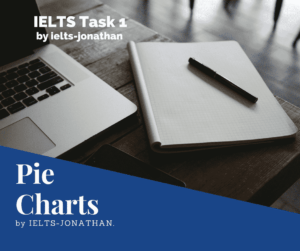
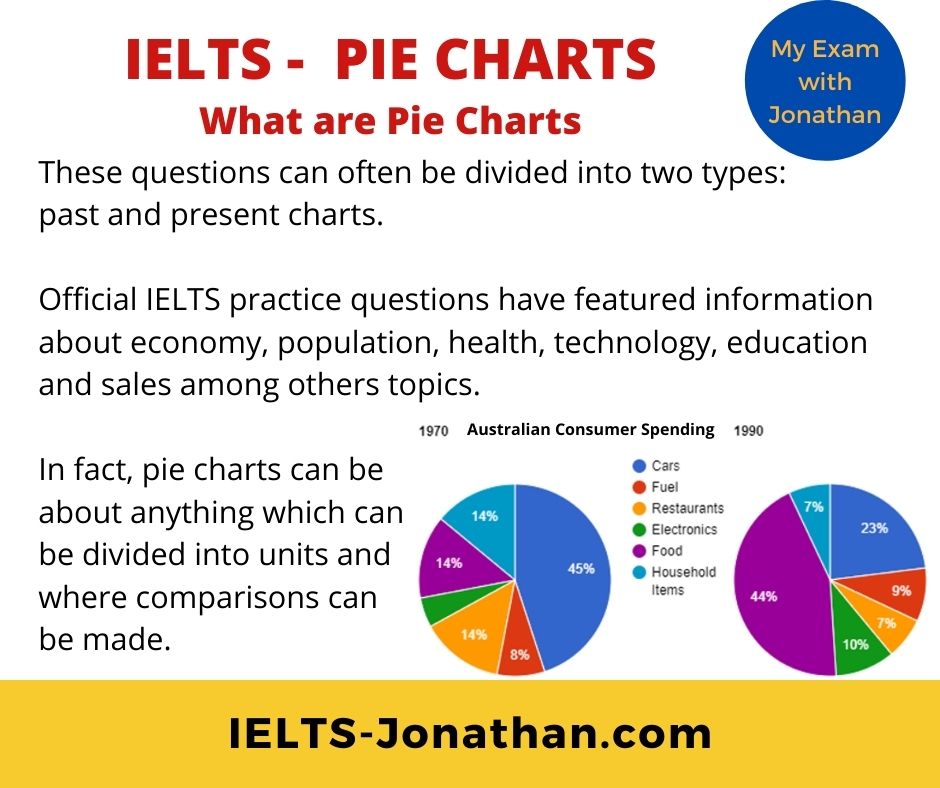
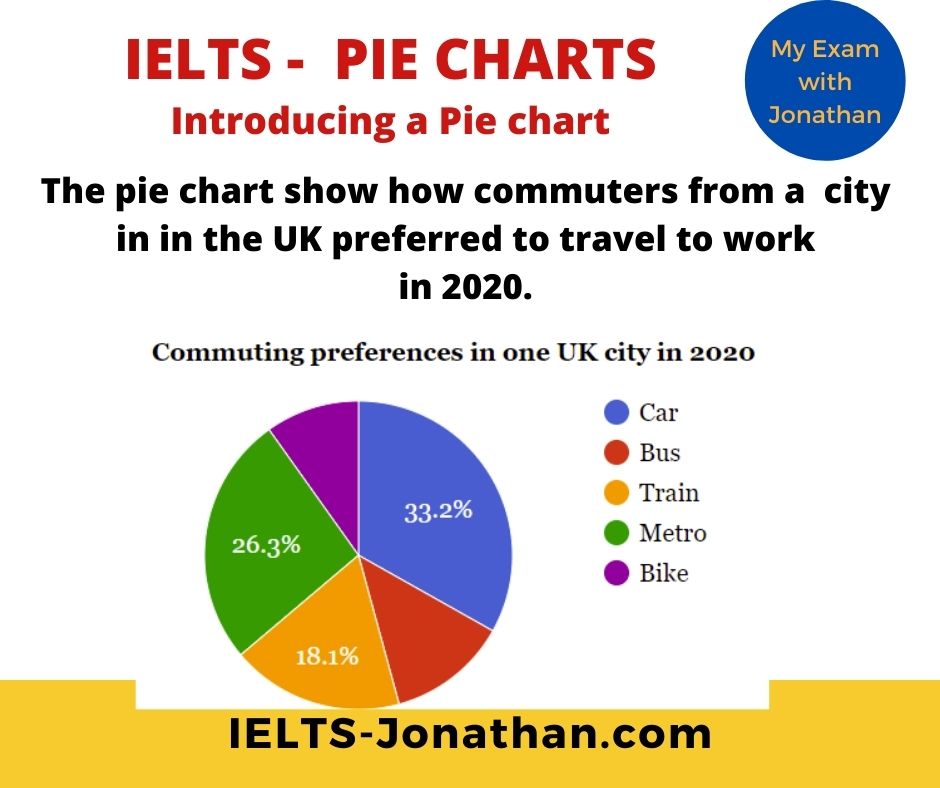
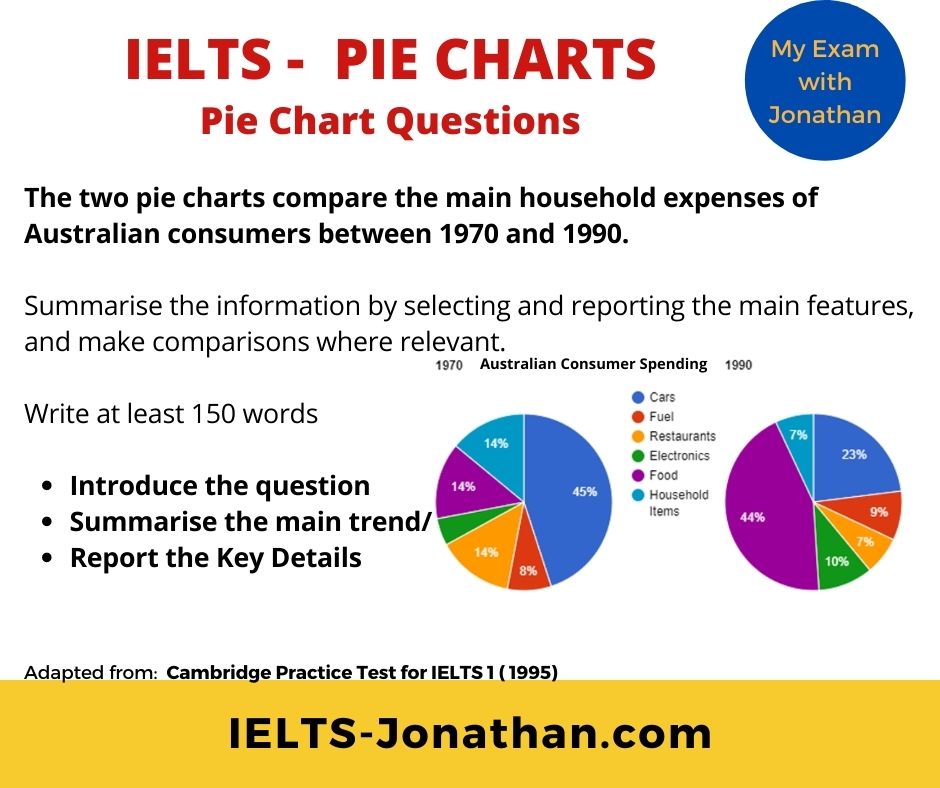
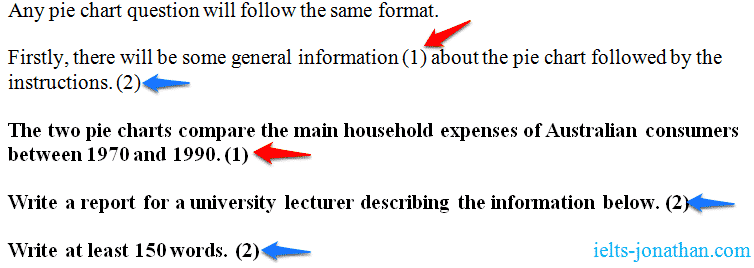

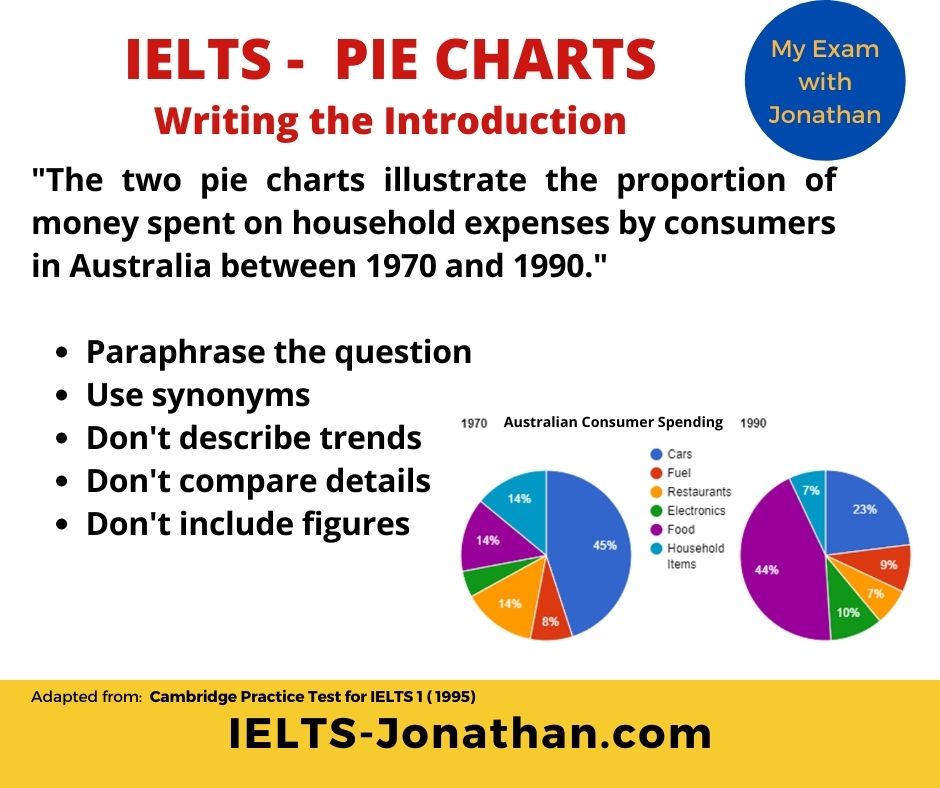
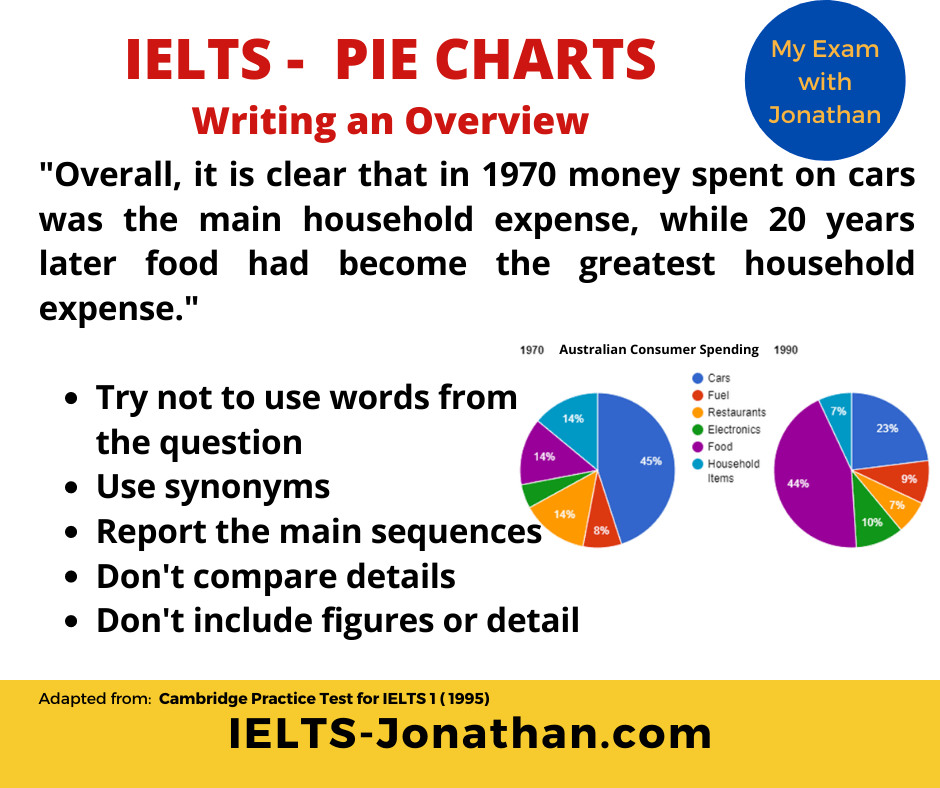
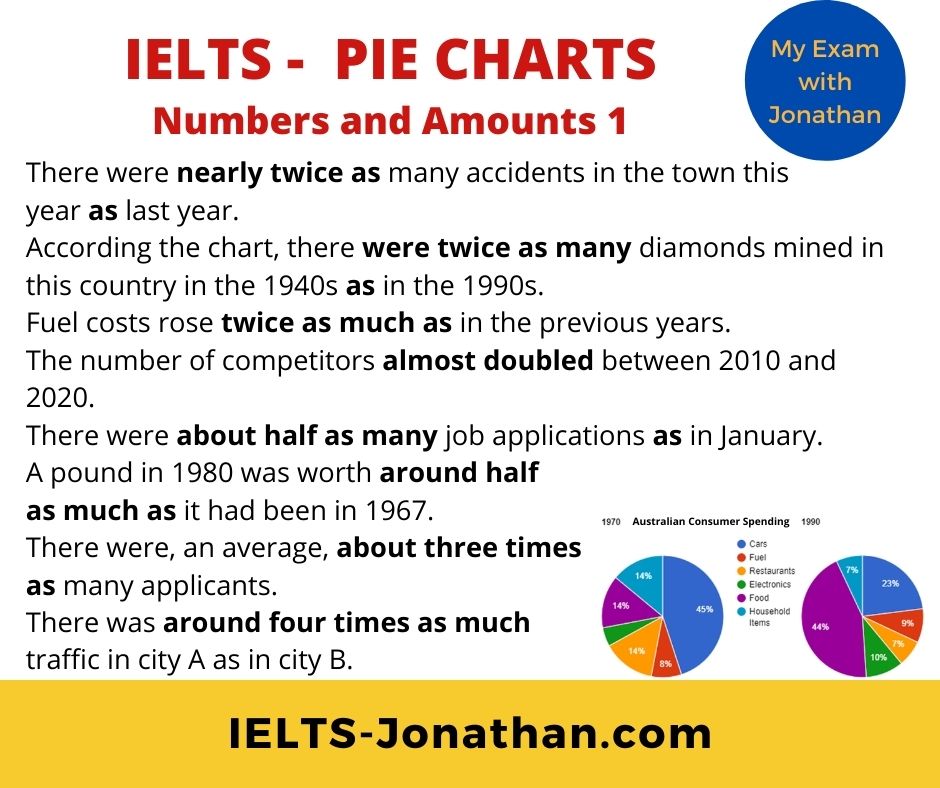
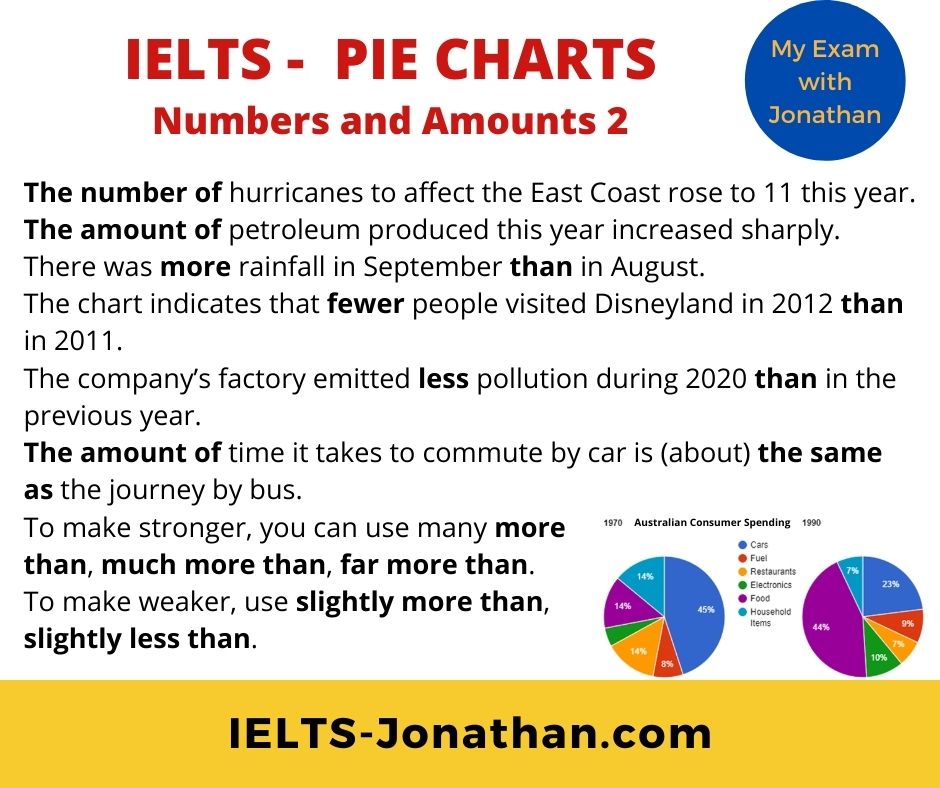
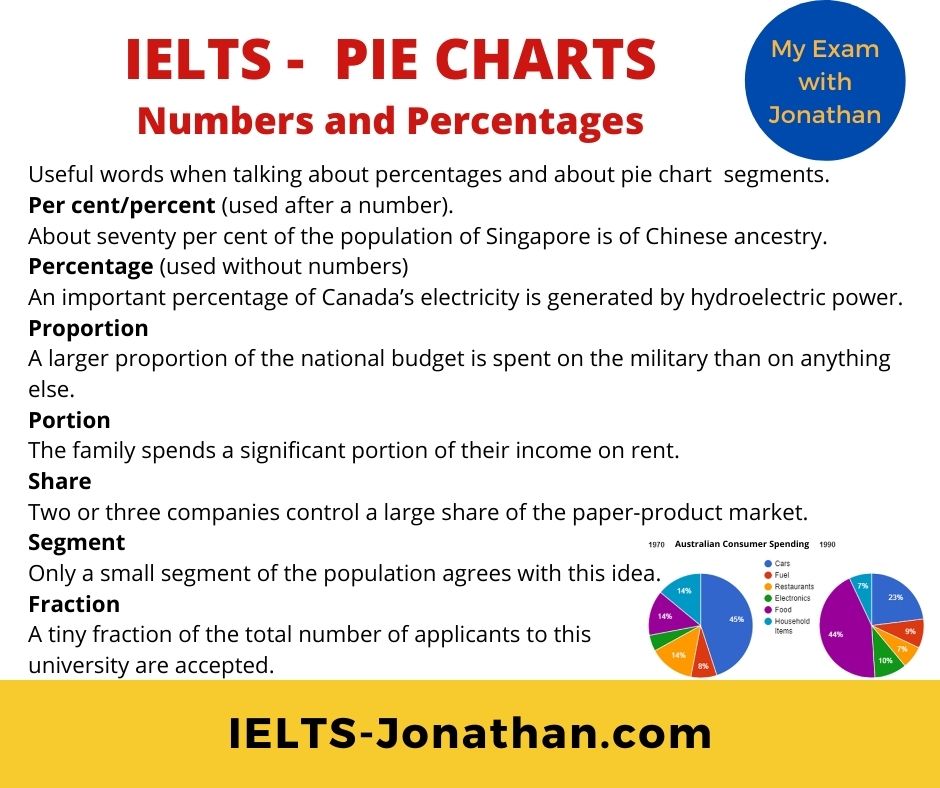
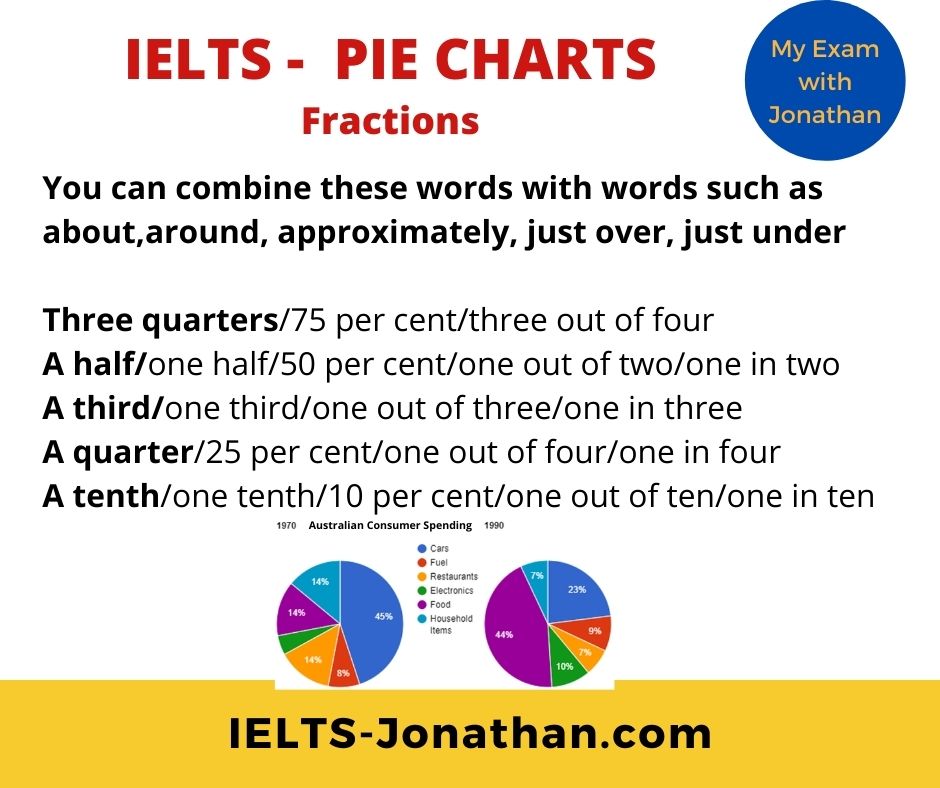
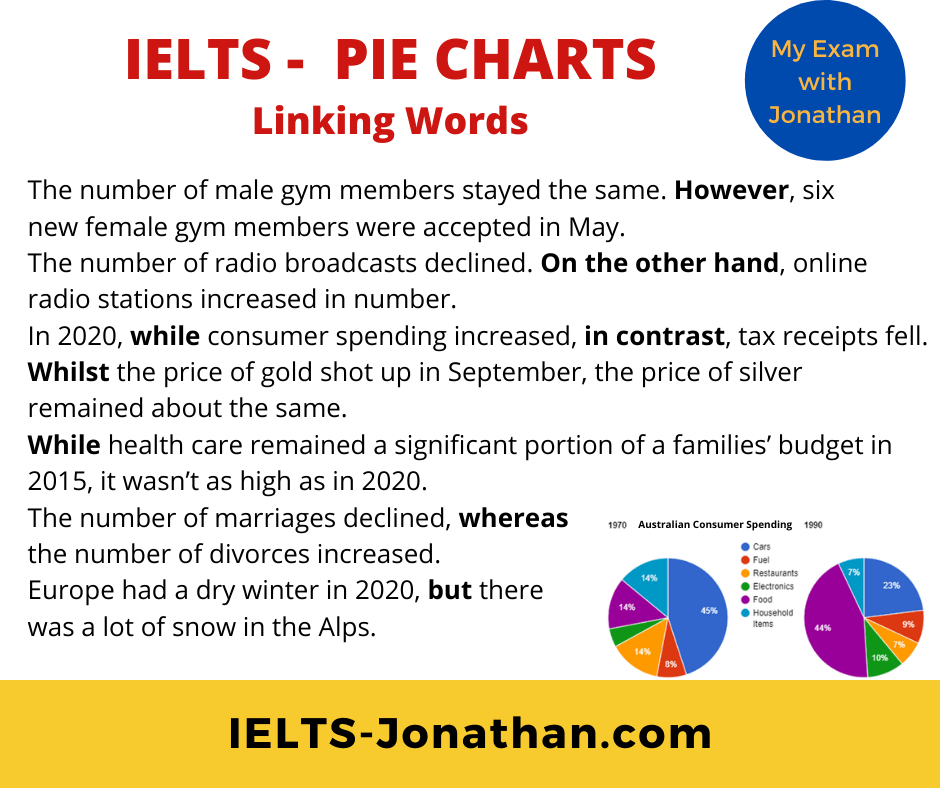
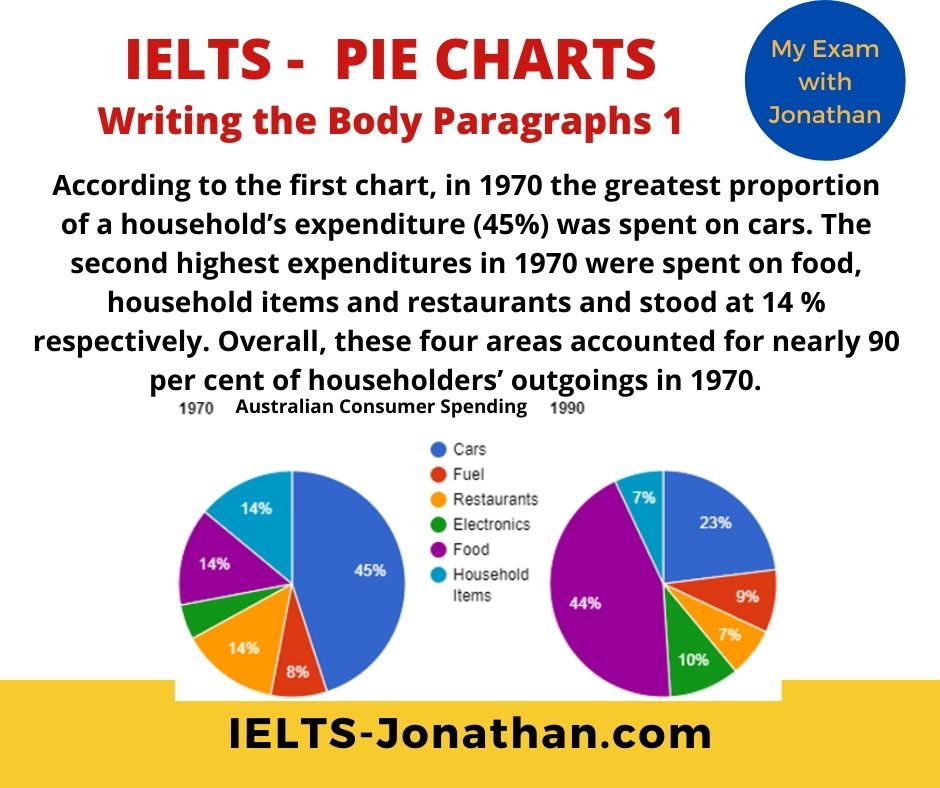
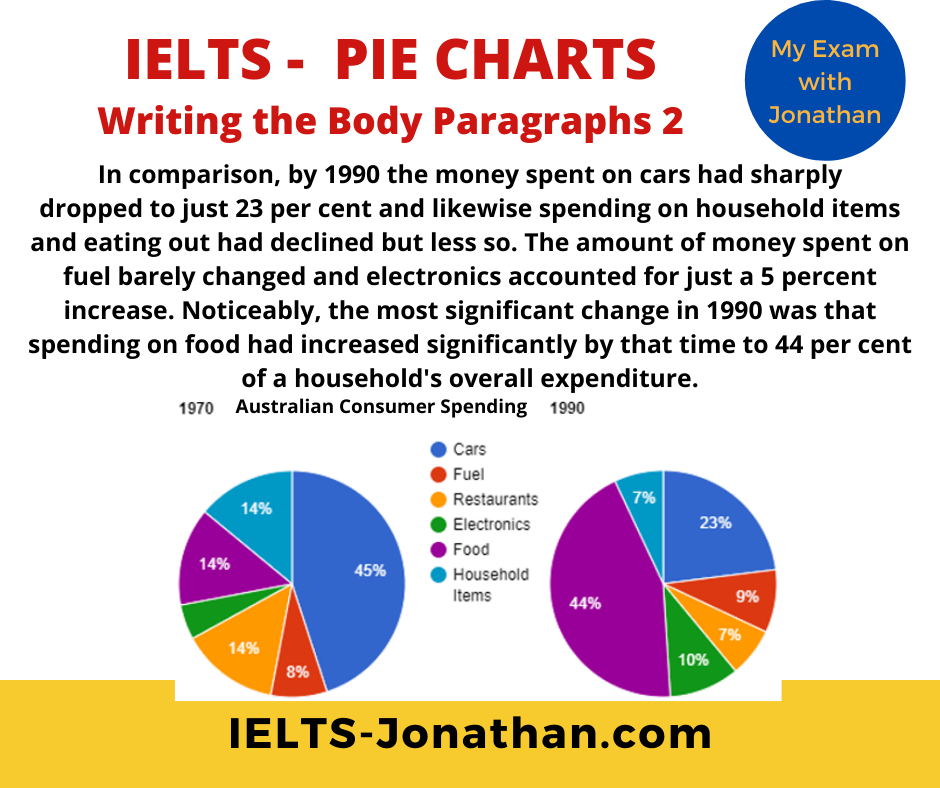
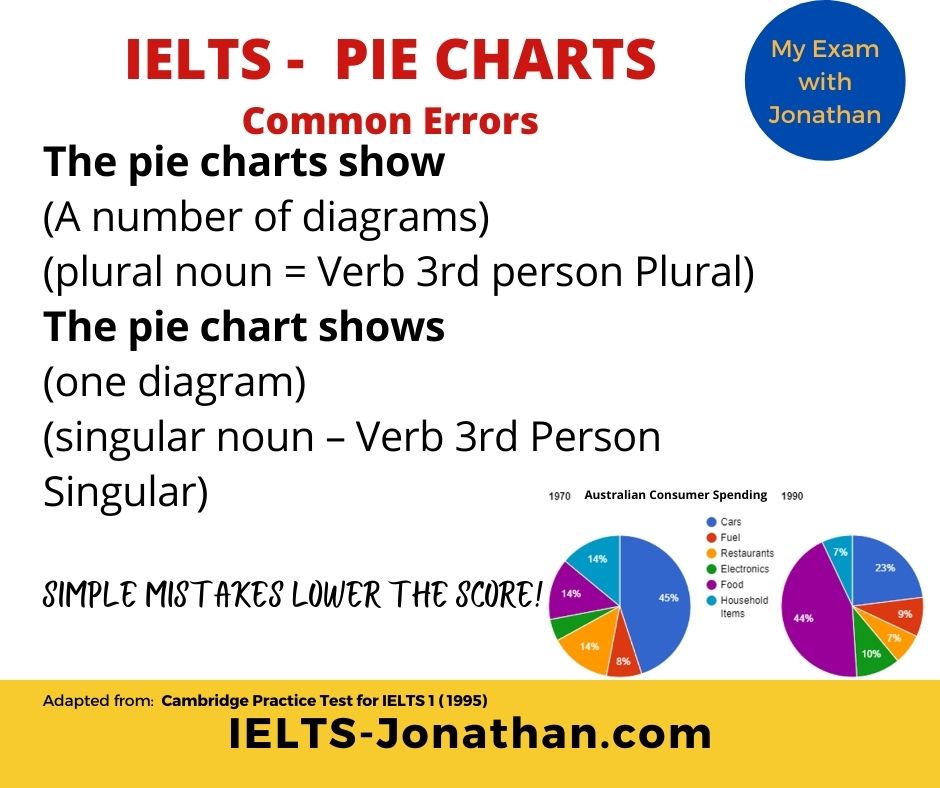
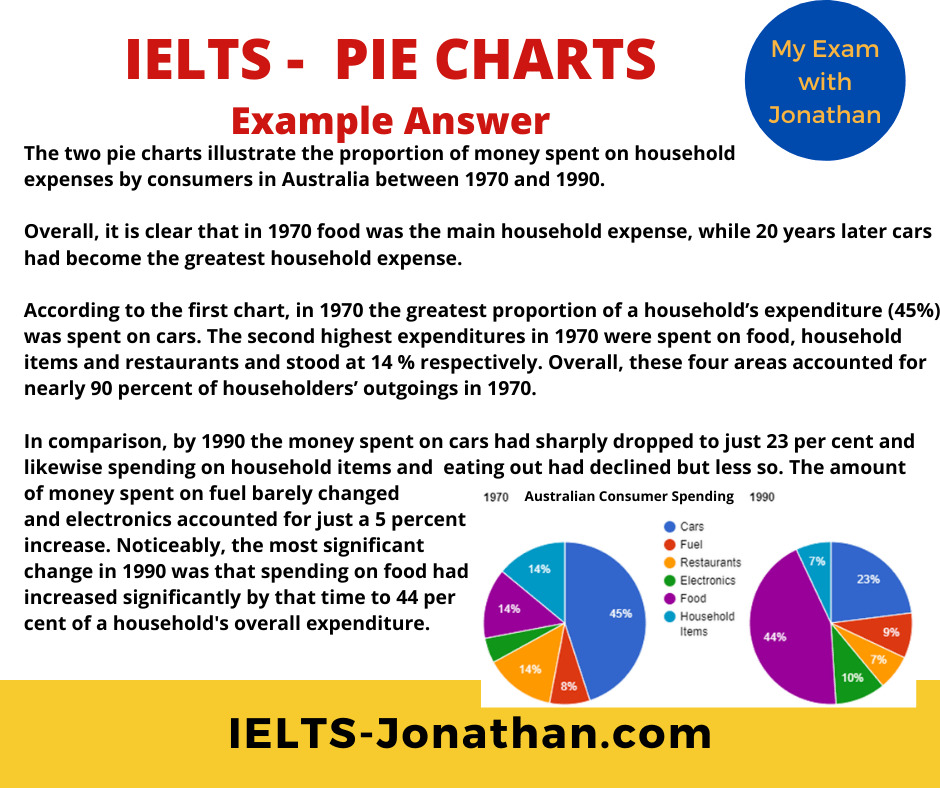
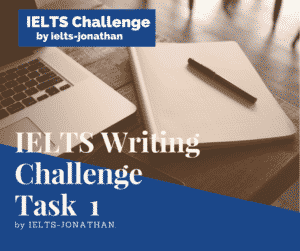



Was this helpful? Leave a comment :)